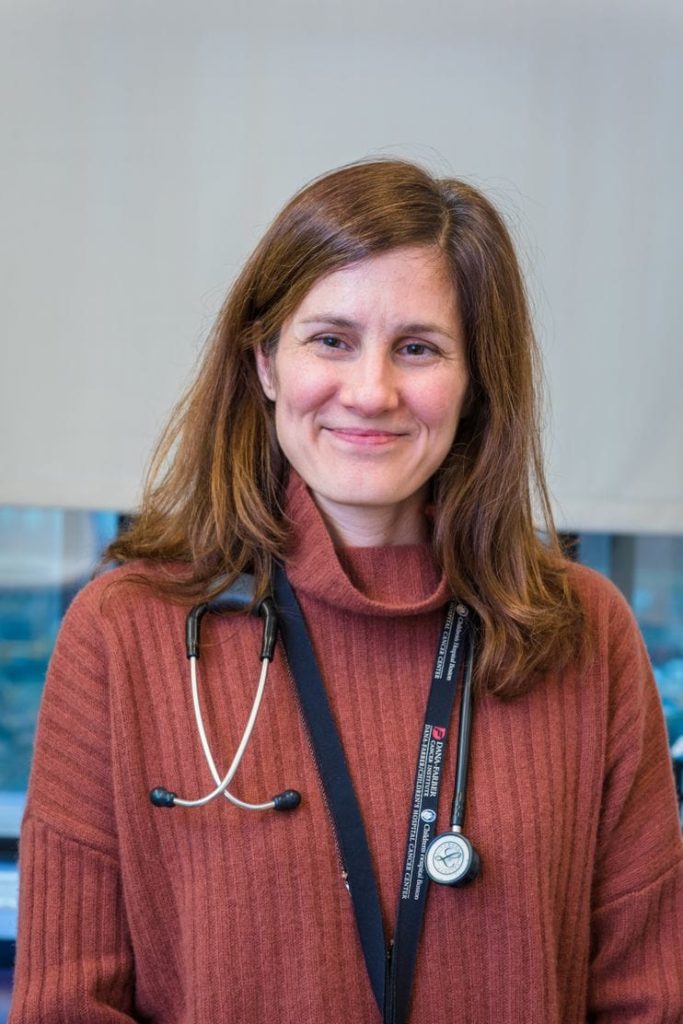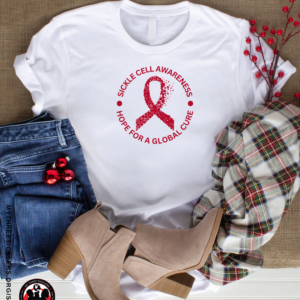 Manny Johnson keeps catching himself rubbing a spot on the upper right side of his chest. Starting when he was a teenager, the 21-year-old from Boston depended on a port implanted there to ease his monthly blood transfusions for sickle cell disease, a genetic disorder that caused a stroke when he was three.
Manny Johnson keeps catching himself rubbing a spot on the upper right side of his chest. Starting when he was a teenager, the 21-year-old from Boston depended on a port implanted there to ease his monthly blood transfusions for sickle cell disease, a genetic disorder that caused a stroke when he was three.
But in November, six months after Johnson became the first patient to receive an experimental therapy aimed at curing his disease, the port that had become part of him — requiring special approval to play sports, used when he was excused from school for a day or two every month for treatments — was removed. Johnson hasn’t needed a transfusion or had any symptoms since May.
“It’s like, wow. I’m fascinated by it,” said Johnson, who added that he almost didn’t know what to make of it when his medical team told him they wouldn’t need to see him for three whole months. “I’m so used to being next to them. It’s like: freedom.”
Johnson’s doctors, who were slated to present a case study of his treatment late Monday at the annual meeting of the American Society of Hematology, caution that they don’t know how long he’ll remain transfusion-free or whether other patients will have a similar experience.
“It’s one patient . . . but it’s one very impressive result,” said John F. Tisdale, a senior investigator at the National Heart, Lung and Blood Institute who wasn’t involved in the work and was to present separate results from a different gene therapy being used in an ongoing sickle cell trial.
For patients and researchers, this is an exciting, unprecedented moment. Johnson’s experimental therapy is just one of several approaches that deploy cutting-edge genetic techniques in the attempt to cure an illness that has been known for nearly 70 years as the first “molecular disease.”
In 1949, Nobel laureate Linus Pauling traced sickle cell disease to an aberrant form of hemoglobin, a protein in red blood cells that carries oxygen. It helped usher in the modern era of medicine, focused on using the biological roots of illness to unravel disease — and yet sickle cell anemia, which is most common in people of African descent, also has become a flash point in medicine at the intersection of race and health care. Doctors often disbelieve patients’ reports of the pain caused by the disease, according to one study. President Richard M. Nixon issued a statement that it was “a sad and shameful fact that the causes of this disease have been largely neglected throughout our history.” There was only a single approved drug for the disease until last year.
“This is an incredible new situation to be in, where there are people who have to decide between clinical trials, after not having access to any,” said Erica Esrick, a hematologist at the Dana-Farber/Boston Children’s Cancer and Blood Disorders Center who led the work. “From a historical standpoint, the most commonly affected population with sickle cell is the African American population — who have not really received the medical attention they’ve deserved.”
In the case of sickle cell, a one-letter typo buried in the 3 billion letters of DNA that spell out the genetic instruction manual for a human being causes people’s red blood cells to form a crescent-moon shape. Those misshapen blood cells can get stuck in blood vessels and cause inflammation, infections and organ damage.
In the United States, there are about 100,000 people with sickle cell. They are typically identified through newborn screening and tend to receive good care as children. But as they grow up and transition to adulthood, the effects of the disease begin to accumulate at a time that people with sickle cell often have trouble finding specialists, due to the fragmentation in the health-care system. Patients suffering organ damage and debilitating chronic pain without a knowledgeable doctor often seek care in the emergency room.
At a time when there is a societal epidemic on the overuse of painkillers, they are often mistaken for drug seekers. The fact that people with sickle cell are mostly African American adds another layer of potential discrimination to how they are treated.
For those who can find a matching donor to do a bone-marrow transplant and endure the procedure, a cure is possible. But it wasn’t until now — with the coming of age of a slew of genetic techniques — that the idea of fixing the disease at its root, with a patient’s own cells, has become plausible.
“We are at such a turning point,” said Biree Andemariam, chief medical officer of the Sickle Cell Disease Association of America — not only in terms of fixing their disease but also in changing the way people with the disease are treated in society. In addition to genetic therapies, there are novel drugs in the pipeline.
“When they [doctors] feel like they have something to offer, I think that really will change the tide on things . . . that will make hematologists more keen to try to take care of this population,” Andemariam said. “We provide comprehensive care to our patients, but quite honestly, a lot of what we do feels like palliative care.”

The potential therapies being developed and tested for sickle cell manipulate genes in a variety of ways, giving researchers a multitude of options and reason for hope.
Esrick and colleagues focused on trying to boost levels of a normally functioning fetal form of hemoglobin that is typically shut off after birth. They removed blood stem cells from Johnson and altered them in the laboratory, using a virus to insert a molecule that flips a genetic switch to turn fetal hemoglobin back on. They gave Johnson a form of chemotherapy and then reinfused him with the altered cells.
At six months out, they found no sickle cells in his blood, and he has not needed any more transfusions. They plan to give the therapy to the next patient in February, followed by another in March. If all goes well, they plan to seek ethical approval to try the therapy in younger patients.
It’s a promising result, but the real reason researchers are optimistic is because it’s only one of several potential routes to get to a cure. Biotech company Bluebird Bio uses a virus to deliver a gene to generate functioning red blood cells and was to present updated results on its ongoing clinical trial at Monday’s conference. Other companies and academic teams are working to use gene-editing tools to correct the gene mutation that causes sickle cell disease or boost fetal hemoglobin levels.
“The genetic tools just evolved, kind of in an exponential way,” said W. Keith Hoots, director of the division of blood disease and resources at the National Heart, Lung and Blood Institute, which is leading a new initiative to speed up the development of sickle cell disease cures. The National Institutes of Health spends about $100 million on sickle cell research each year.
But the questions raised by success could be particularly acute, as the burden of the disease is biggest in developing countries. The price tags for the few gene therapies that have made it to market in the United States have been hundreds of thousands of dollars, and there are an estimated 20 million people with sickle cell worldwide.
David A. Williams, a hematologist at Dana-Farber/Boston Children’s working with Esrick, said the team is already thinking about access and has received a grant from the Bill & Melinda Gates Foundation to see if it’s possible to develop useful ways of applying their approach in developing countries.
Johnson, who has spent much of his time since graduating high school receiving medical treatment, said he hopes to inspire others and pave the way for his 7-year-old brother, Aiden, to never feel limited by this disease.
“I can’t complain. I’m just hoping everything goes according to plan. I hope I’m doing everything I should be doing and praying for the best,” Johnson said. “It’s a 15-year-study, but the first year is everything.”










